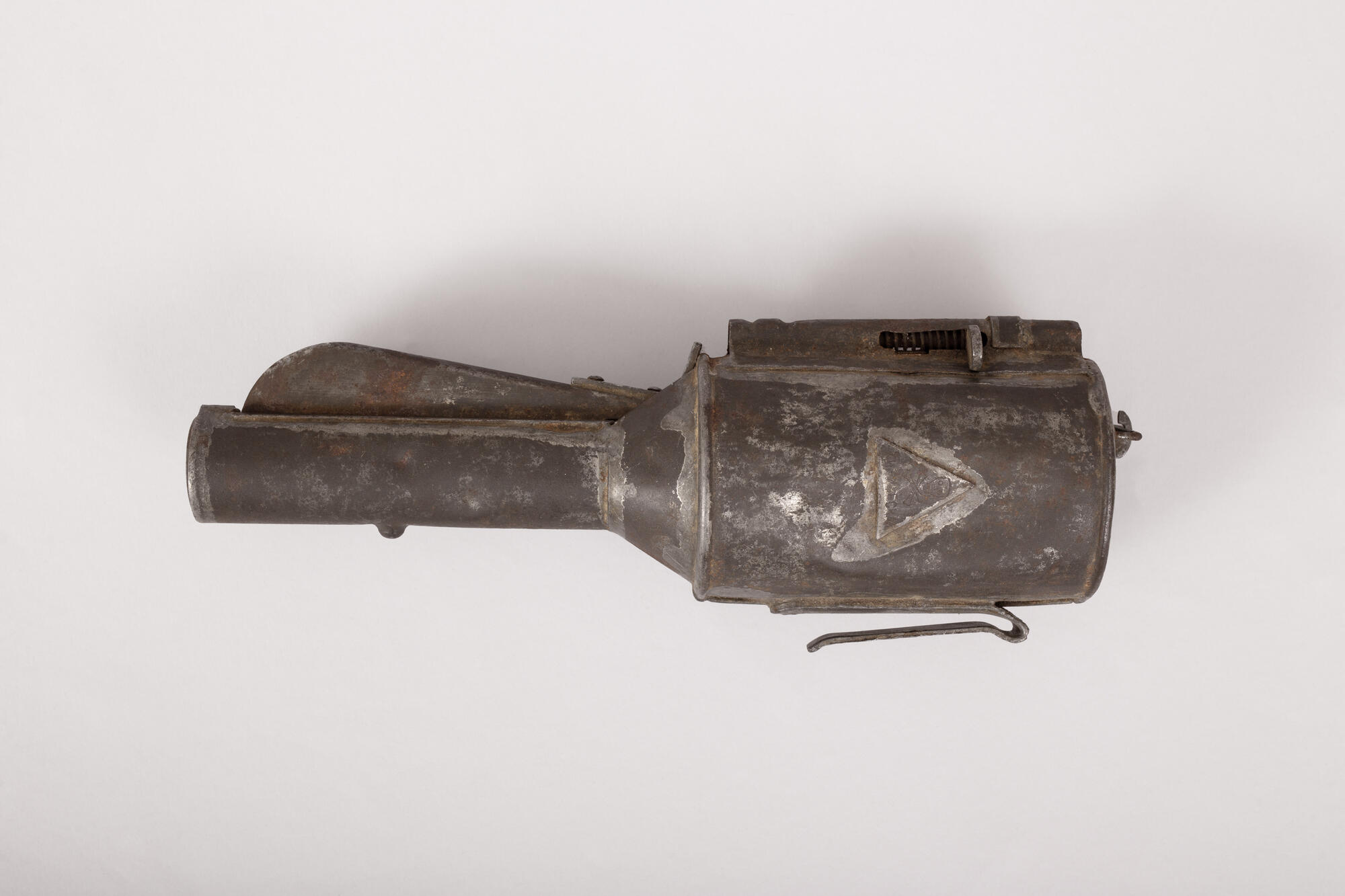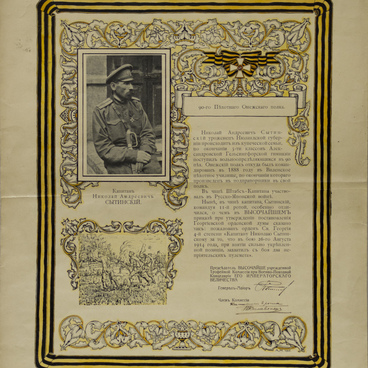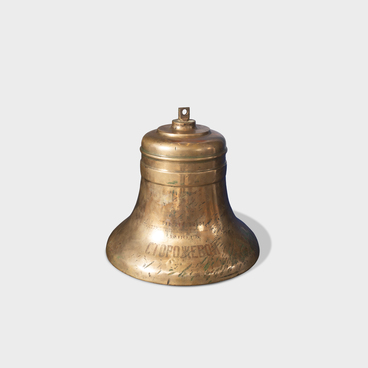World War I put all the achievements of science and technology of that era into military service. During the war, weapons of mass destruction were used for the very first time. On April 22, 1915, near the Belgian city of Ypres, German troops launched the first chemical attack in the history of world wars. The number of victims was catastrophic — about 5,000 were killed and up to 10,000 wounded.
The Russian troops encountered new weapons on May 31, 1915 in Poland, when over 260 tons of chlorine and phosgene were released on the positions of two Russian divisions. To develop their own chemical weapons and protect against enemy chemical weapons, a Chemical Department was established in the Main Artillery Directorate. One of the divisions of the department was the Committee for the Procurement of Asphyxiating Agents, which examined the possibility of filling hand grenades with poison gas.
Initially, it was decided to fill glass bottles with a volume of 0.31 liters and 0.62 liters with gas. On the first day of testing, it was noted that the 0.62-liter bottles were inconvenient to throw, as they weighed over a kilogram. Four seconds after the firing mechanism was triggered, the detonator capsule exploded, and as a result the grenade body opened and the asphyxiating gas splashed and quickly evaporated.
During the tests, a mixture with a content of 7–10% chloropicrin was found to be the most optimal. Chloropicrin vapors had a powerful irritating effect on the eyes and mucous membranes of the respiratory organs. When a chemical grenade was thrown, it was impossible to stay in a dugout without a gas mask: an irresistible coughing fit seized a person, and tears in their eyes practically blinded them. Staying in a poisoned atmosphere for 10 to 15 minutes often caused pulmonary edema and death.
Subsequently, the specialists of the Chemical
Department abandoned the idea of using bottles in favor of creating a chemical grenade
based on the existing model 1914 grenade. An acting company commander, who
recently returned from the front, expressed his opinion about the grenades as
follows:




